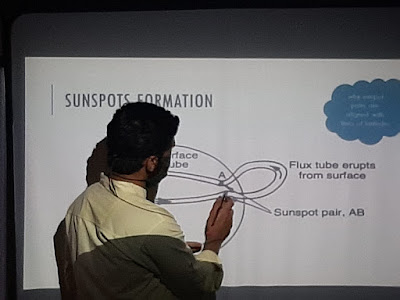How to find Largest Asteroid passing closest to earth? Is a good question. The asteroid 2001 FO32 will pass very close to earth and it will be visible in moderate sized backyard telescopes, 8inch aperture and above with dark skies. The asteroid in the eyepiece or in the photograph will appear as a tiny star indistinguishable from the surrounding stars. This makes it a challenging object to spot and confirm. Keeping this in mind I have prepared a star chart and also provided the co ordinate systems of the object so that you can enter this in your GOTO telescope and spot the asteroid.
The apparent motion of the asteroid is fast enough for the motion to be detected with respect to background stars. Only way to confirm that you were successful in spotting the asteroid it so make observations at regular intervals and check for the movement. Taking photos of the region at regular intervals and blinking the photos will help to confirm the asteroid.
Here are the details of the asteroid 2001 FO32 path from 20th of March to 21st of March, this includes chart with hourly movement of the asteroid. The Time and Chart is for Indian Subcontinent.
Asteroid 2001 FO32 will rise in the constellation of Lupus at 10:50pm IST on 20th March, Moon will be in the sky at the time of asteroid rising but moon will set at midnight giving lot of time to track the Asteroid 2001 FO32.
Above are the co-ordinates for GOTO telescopes to spot Asteroid 2001 FO32. The Asteroid will rise at 4am on 22nd morning making it difficult to spot in low horizon.
Happy hunting.












